Our clothing at Recollections is built to last, and we love hearing from customers about how our pieces last for so many history-inspired adventures. People appreciate quality and the “slow fashion” movement continues to thrive. In the 1960s, things were a little different. Paper dresses, meant to be worn an average of three times became a trend that was unstoppable for a handful of years. Like other fashions of the decade it wasn’t long-lasting, but for a short time took the Western world by storm.
This is the brief history of a brief fashion: paper dresses
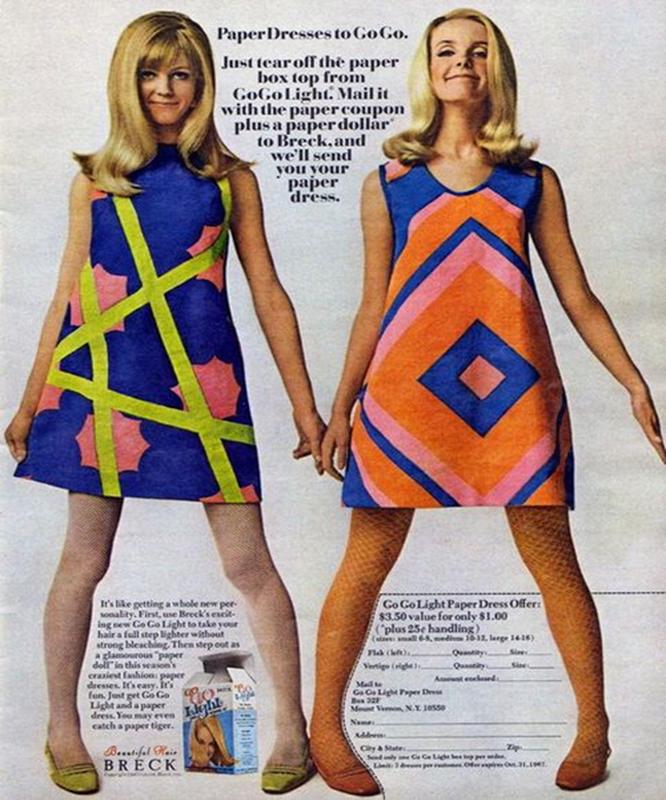
Paper clothing: before flower power
Japanese ancient origins
Paper clothing existed before the fun and funky decade of the 1960s. In Japan, for instance, various pieces of clothing were made of sturdy paper for thousands of years. For the purposes of this post, we will look at the American and English use of paper clothing. If you’d like to read about the Japanese tradition start with this post: Kamiko, Washi and Takuhon-shi: Making paper clothing in Japan.
Bonnet board
Bonnets were all the rage in the early 19th century. They were often made of finely woven straw, but during the Napoleonic Wars, the material became scarce. A linen paper was invented, temporarily taking its place. It must have been very temporary as it was challenging to find much information on “bonnet board,” though The Fashion History Museum has the well-preserved example below.
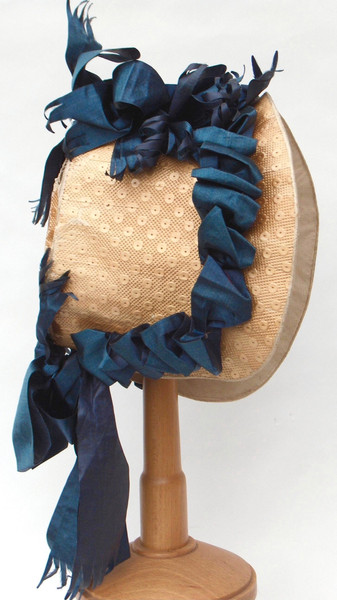
Paper corsets
During WWI a number of paper-derived clothing was produced, it does seem to have made much of an impact in America. Meg Andrews shares:
‘During World War I woman were encouraged to be nationalistic minded consumers and not purchase foreign goods, particularly French goods. Indeed, corsets from Paris were described as` un-German and dangerous` they also suggested that French corsetry made German woman sick. It was unpatriotic to think of French fashion when one could be aiding the cause of war. J.Salen (2008)
West End Gazette November 1915 “…dresses and suits of paper have been sold in enormous quantities in Berlin, and they are warm and keep out the rain remarkably well.”
While paper corsets and bonnets may have enjoyed relative success, but did they lead to the paper clothing craze of the 1960s?
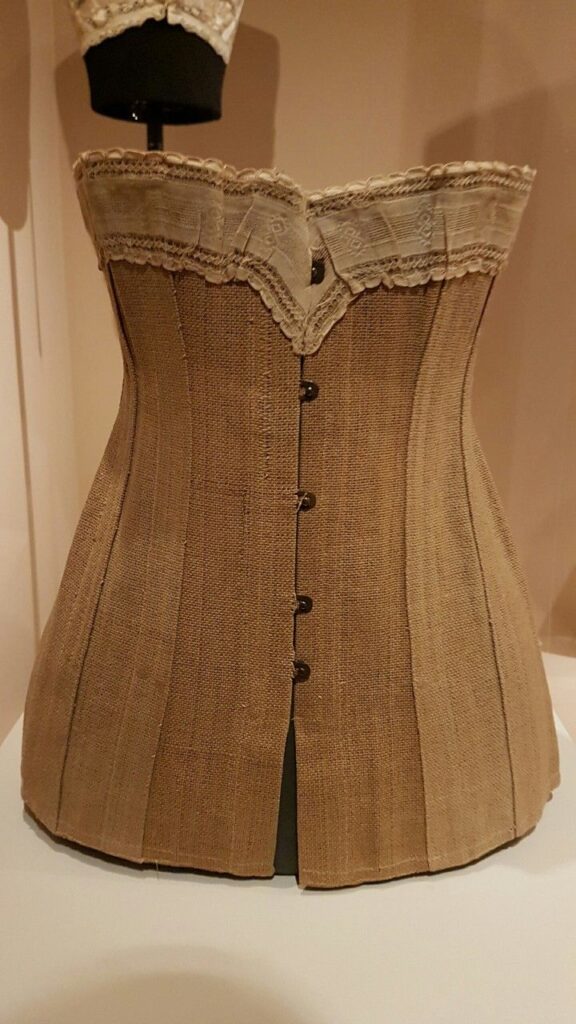
Scott Paper Company: How it started
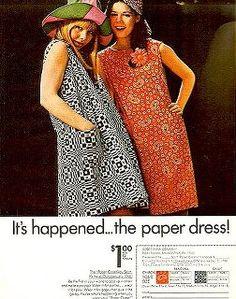
Disposable items began to take off in popularity in the 1950s. The Scott Paper Company was constantly innovating and trying to stay ahead of the onslaught of new products. Says Wikipedia:
“In the late 1950s, manufacturers such as the Scott Paper Company and Kimberly-Stevens developed bonded fabrics made from plant cellulose as a cheap and disposable alternative to traditional woven textiles in laboratory and healthcare environments. However, they resisted describing these non-woven materials as paper, as they felt it suggested weakness and fragility. Scott’s rayon and cellulose bonded fabric was called Duraweave, and would go on to be the material for the first successful paper dresses in 1966, launching the late Sixties craze for mass-produced paper fashion.”
To promote their new line of disposable paper kitchen items in 1966 the company came up with a most-peculiar scheme: send in a Scott Paper coupon along with $1.25 and try out a dress also made of paper. The 1960s were a prime time for such experimental ideas in fashion and the campaign was an overwhelming success that would be copied by companies around the country. Half a million orders poured in.
The original paper dresses were available in a bandana print and an “Op-art” print. Which do you prefer?
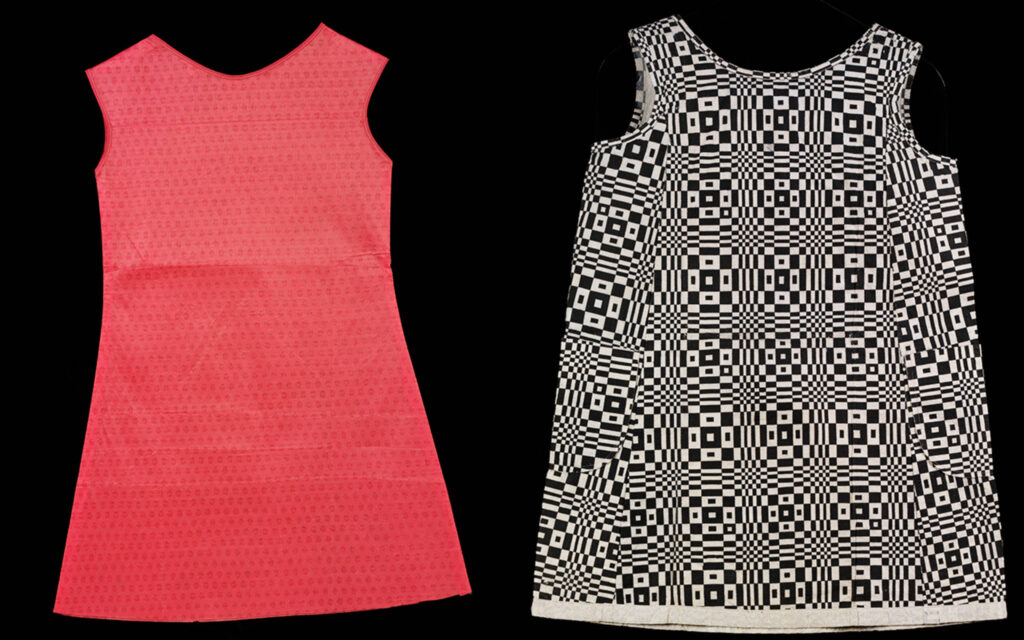
While creative, the dresses were not made of the same paper used to make Scott Paper’s napkins and paper towels. As Smithsonian reports, they were more durable, made of “cotton, rayon, polyester and new-technology synthetic fibers in addition to cellulose.”
By the end of 1966, the manufacturing plant Mars out of Asheville would begin producing paper dresses for non-advertising purposes. Funnily enough, Scott Paper decided to pull the plug on their advertising campaign, explaining that it did not want to turn into a dress company.
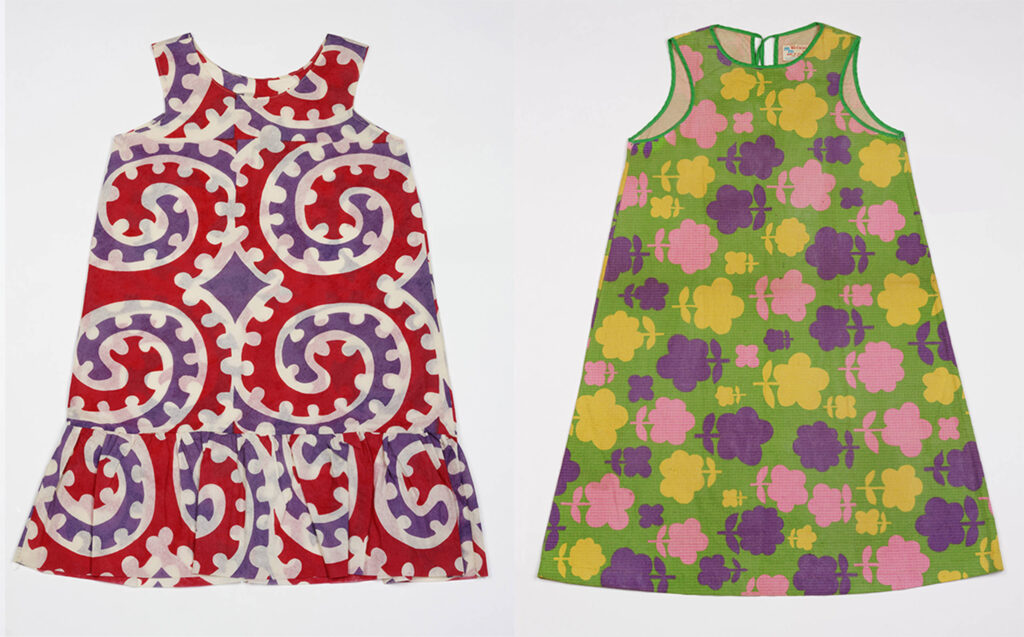
The following are some of my favorite moments inside of this short-lived craze
Make your own
After Mars launched their paper dresses in 1966 they released a line of white options with the intention of the wearer creating a one-of-a-kind minidress. The dress was even sold with a small watercolor set. Mars engaged Andy Warhol as a spokesperson of sorts for the launch party and his creations are now at the Brooklyn Museum.
Warhol used one of my favorite musicians, Nico, as his model while he painted two paper dresses. In one he screenprinted “fragile” on the dress, signing it “Dali.” This fun live art show is shown below.
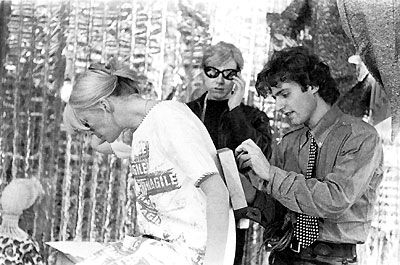
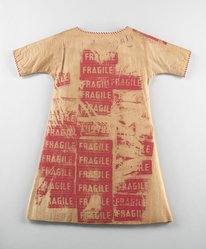
Image source: Brooklyn Museum
He painted a large banana on the other dress. The event and Warhol’s creations must have helped to draw more attention to this disposable dress fad.
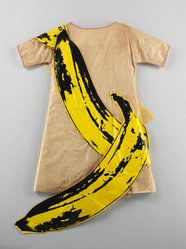
Flowering dress
The best thing that I found reference to while researching paper clothing was a dress by the Paraphernalia boutique in New York. Apparently, the paper used to construct the dresses was made with flower seeds embedded. When applied with a light blot, small blossoms would grow on the outside of the dress. Reads Vintage Connection:
“But without a doubt, the weirdest paper dress–by one of the wackiest dress manufacturers of the 1960s–was meant to grow herbs. “It was amazing,” Paraphernalia’s founder admits. “There were little seeds planted in a kind of blotter paper, very soft–kind of like a Handi-Wipe. It was like those Magic Rocks you put in water. When you watered the dress, it grew these strange little blossoms.”
Alas, despite scouring the internet I have not been able to locate any photos of said blooming dress. I will add it to my blog wish list!
Advertising
In a move we don’t see as much today, companies saw the success of the Scott Paper campaign and had absolutely no probably following suit. I came across so many similar campaigns that I had to stop collecting them in order to finish this post in a timely fashion. Below are my favorites.
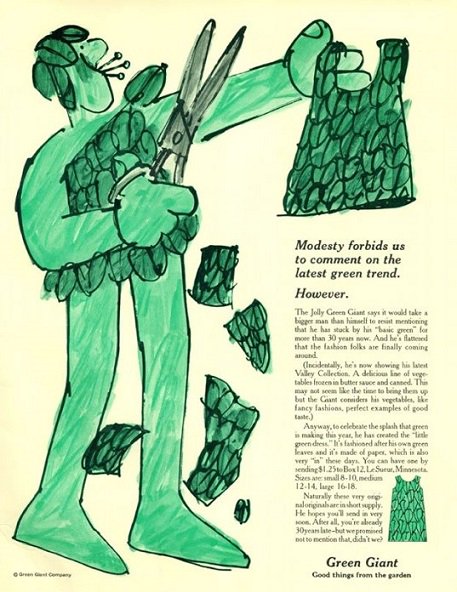
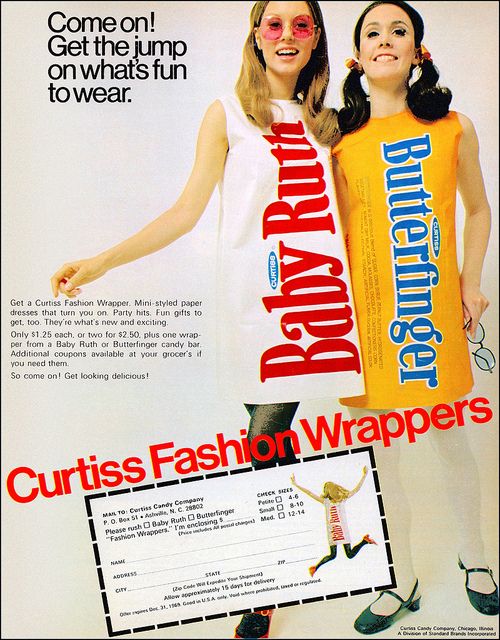
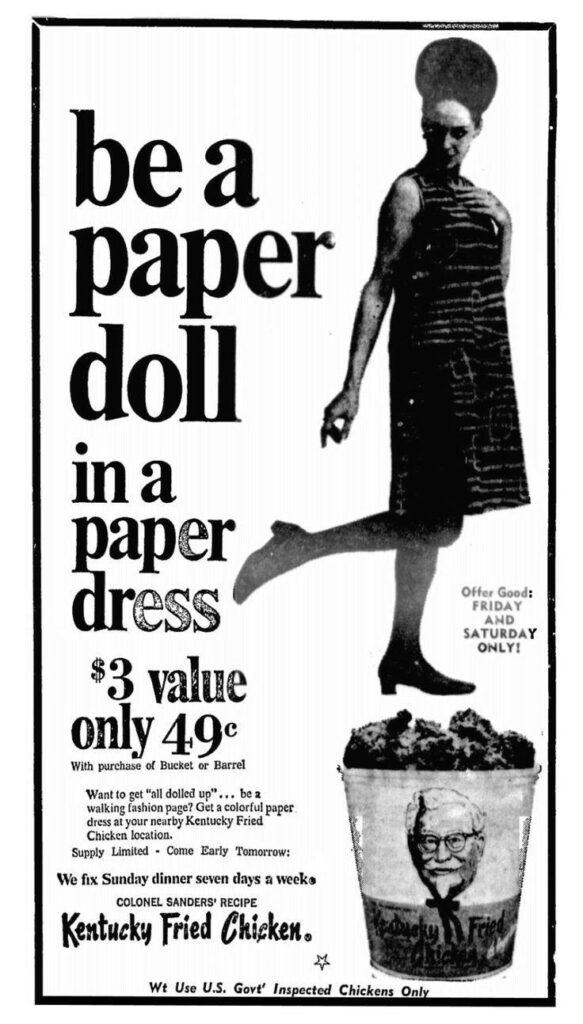
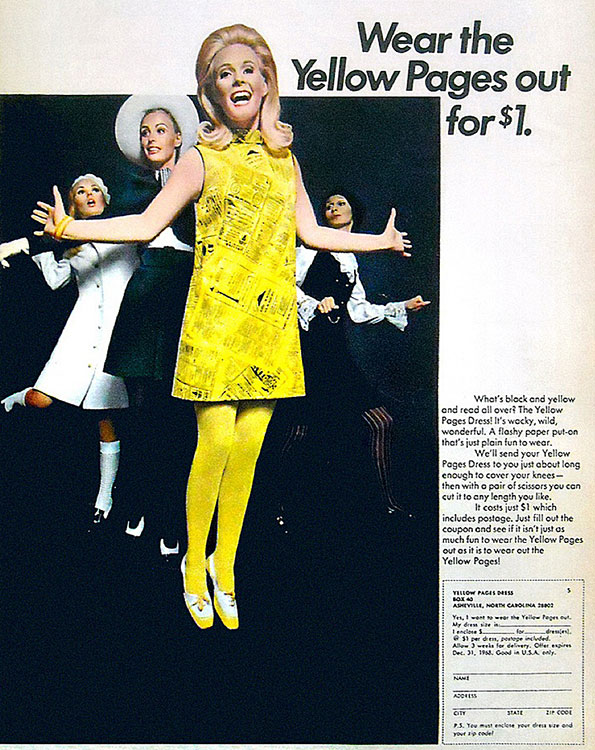
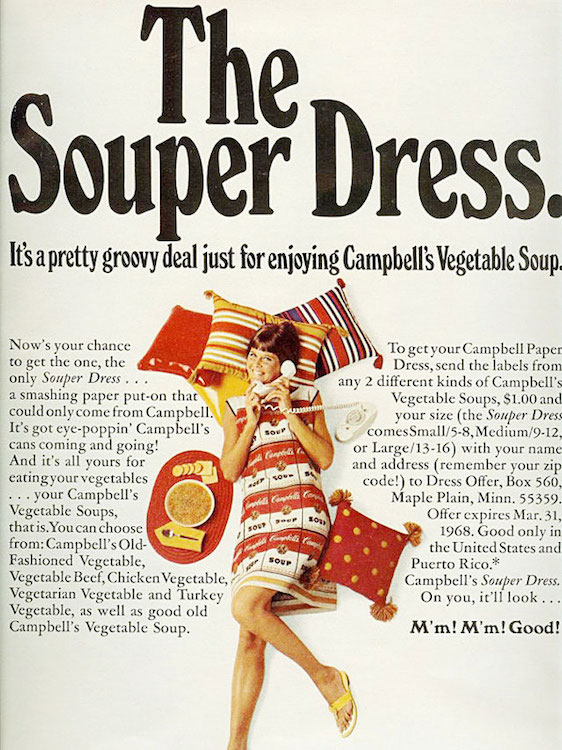
Formal wear
The 1960s were such an often-hilarious time for fashion. Some were so confident that paper clothing was “here to stay” that formal wear was soon available in the flimsy fabric. I read that wedding gowns even existed, though that was also something I failed to locate.
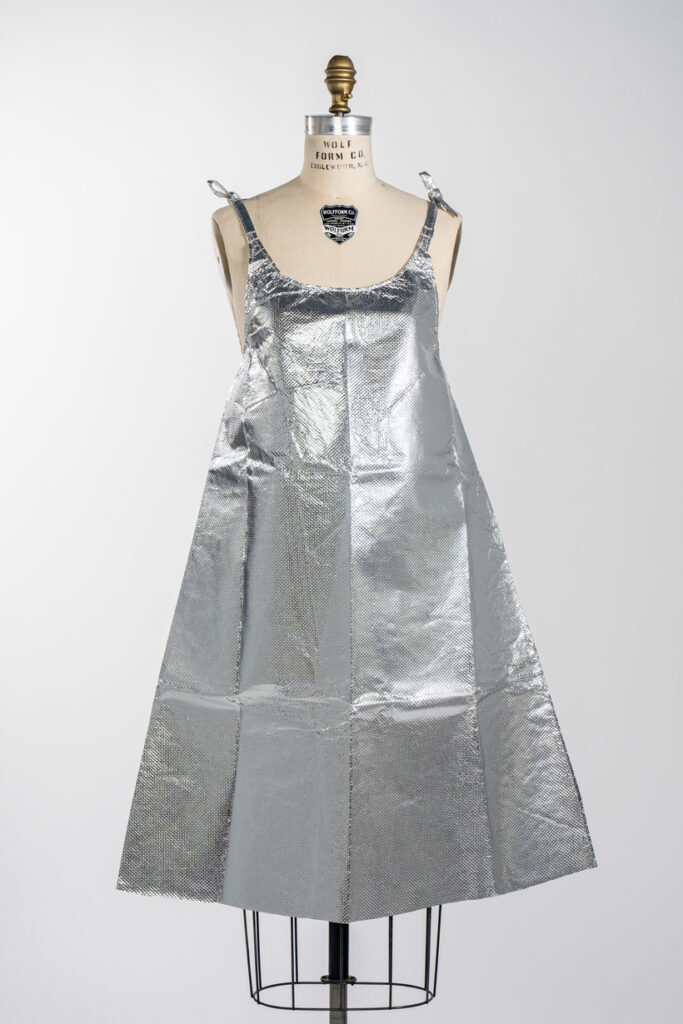
What types of events do you think women would have worn these fancy paper dresses to?
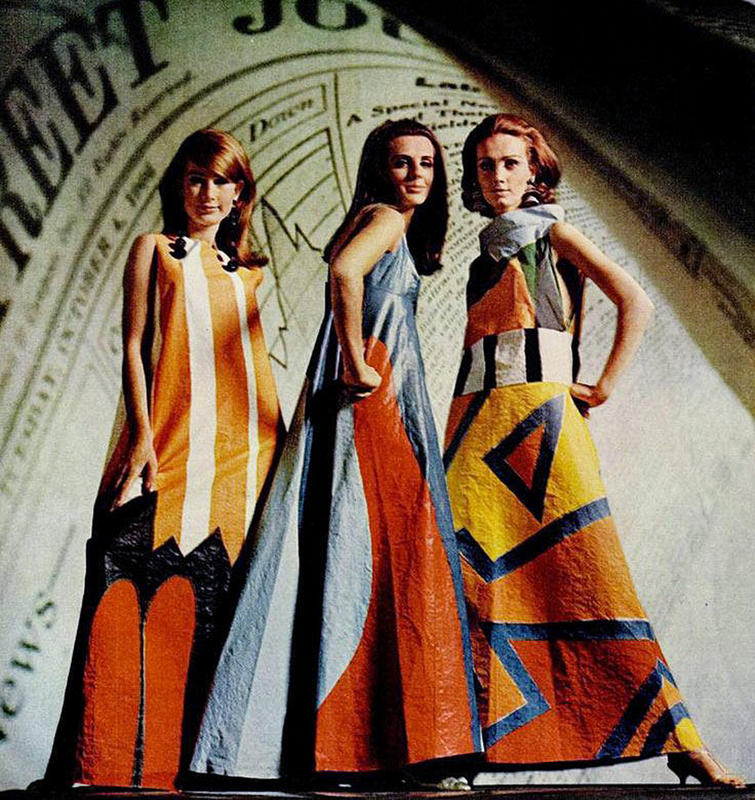
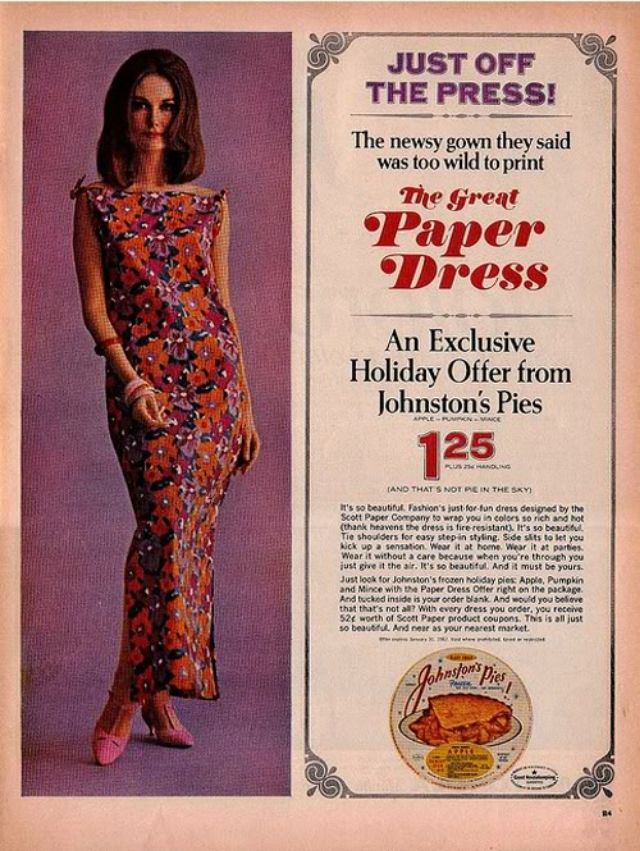
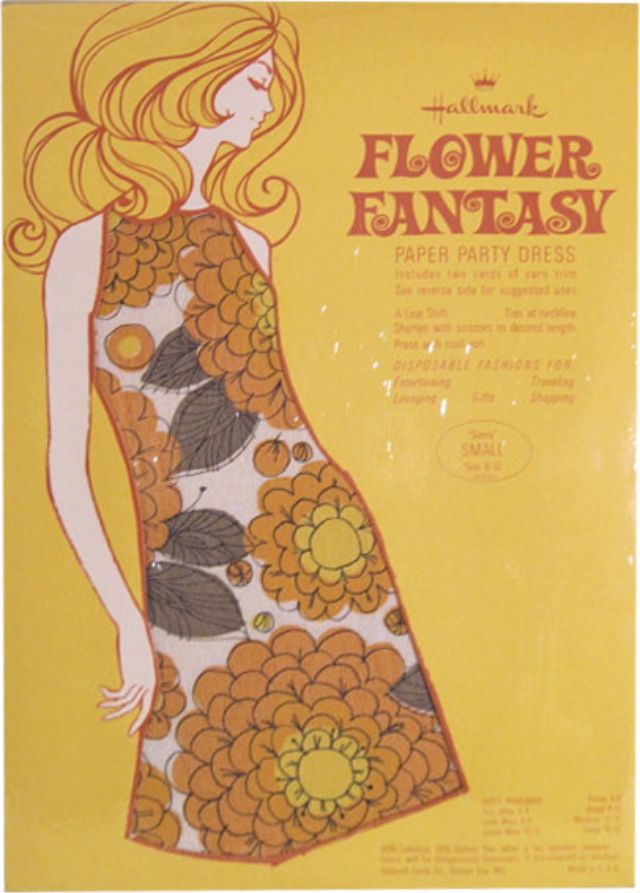
Gone, but not forgotten
Alas, all not-so-good things must come to an end. While fun to look at, in reality, paper dresses turned out to be less than comfortable. Says Collector’s Weekly:
“While most paper dresses were actually priced very low, none lasted long enough to save customers much money. Beyond cost, paper dresses faced several other issues preventing them from becoming more than a novelty. “Women who remember wearing paper dresses have told me they were stiff and uncomfortable and scratchy,” Walford says. “They also tended to catch the wind, so if you sat down, your dress might billow out. And if you wore one to an office party, like at Christmas, you had every guy intentionally spilling drinks on your paper. So they went out of fashion for a few different reasons, but durability wasn’t really the problem.”
So, let me know. Paper dresses: yay or nay?
Did you like learning about paper dresses? You may also like these posts:
Mary Quant: British Fashion Influencer

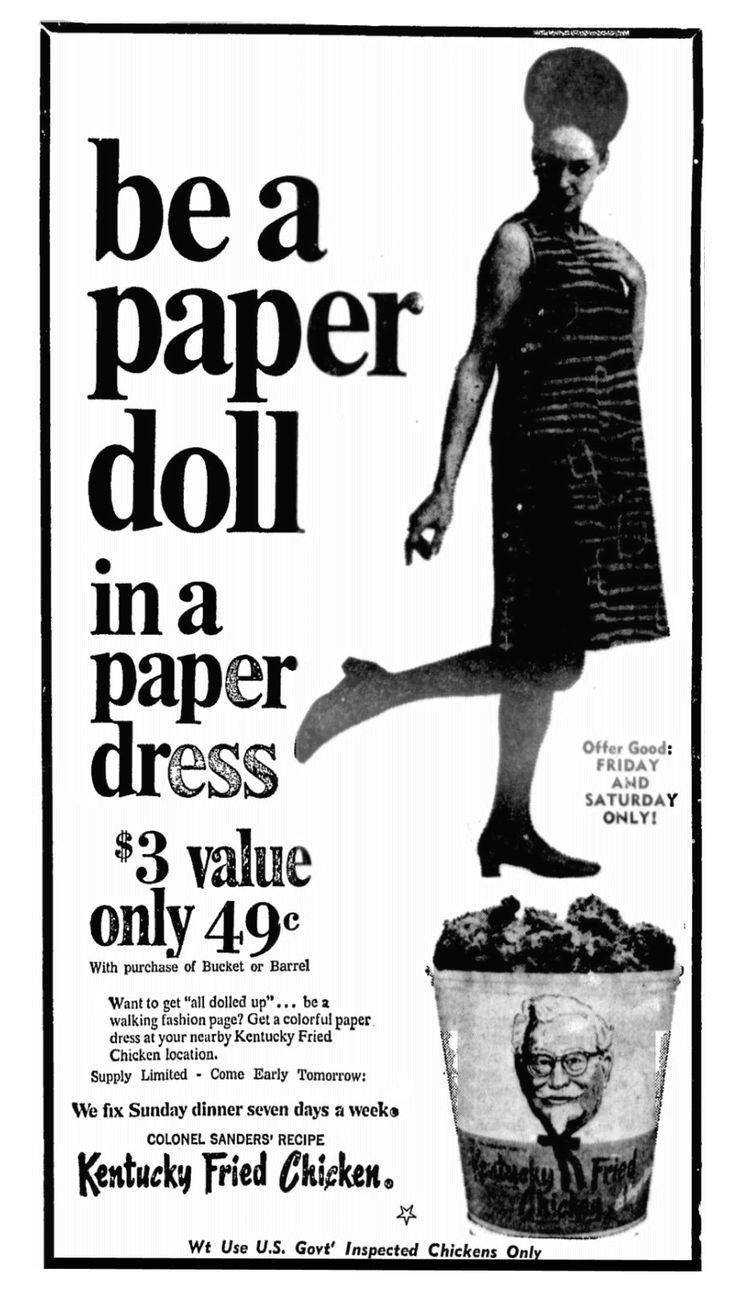
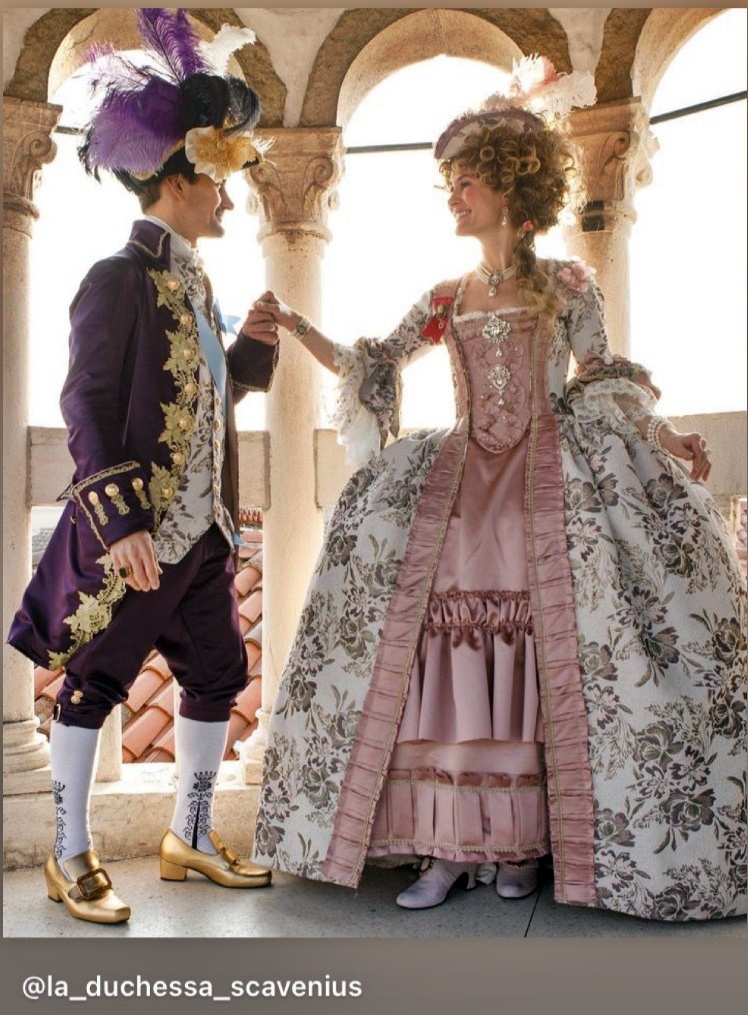
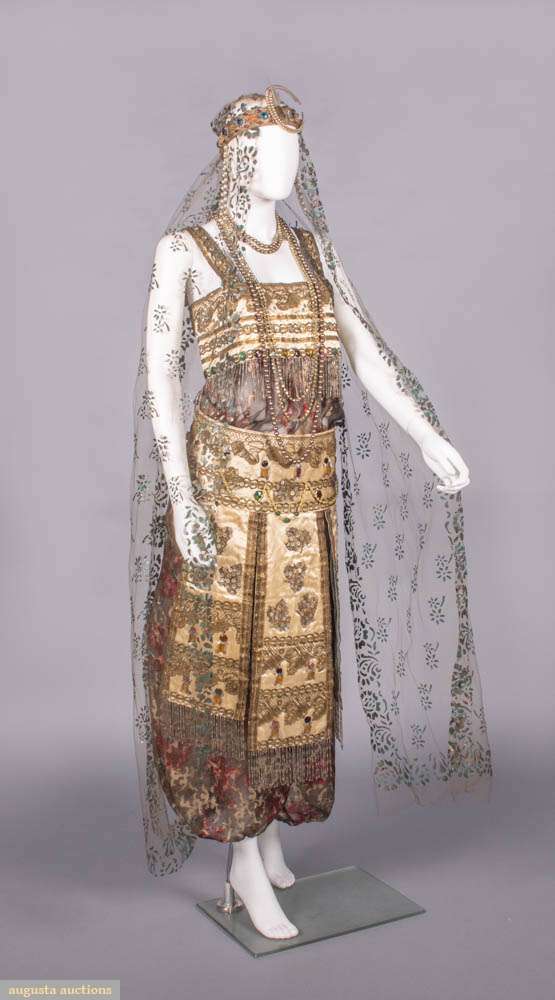



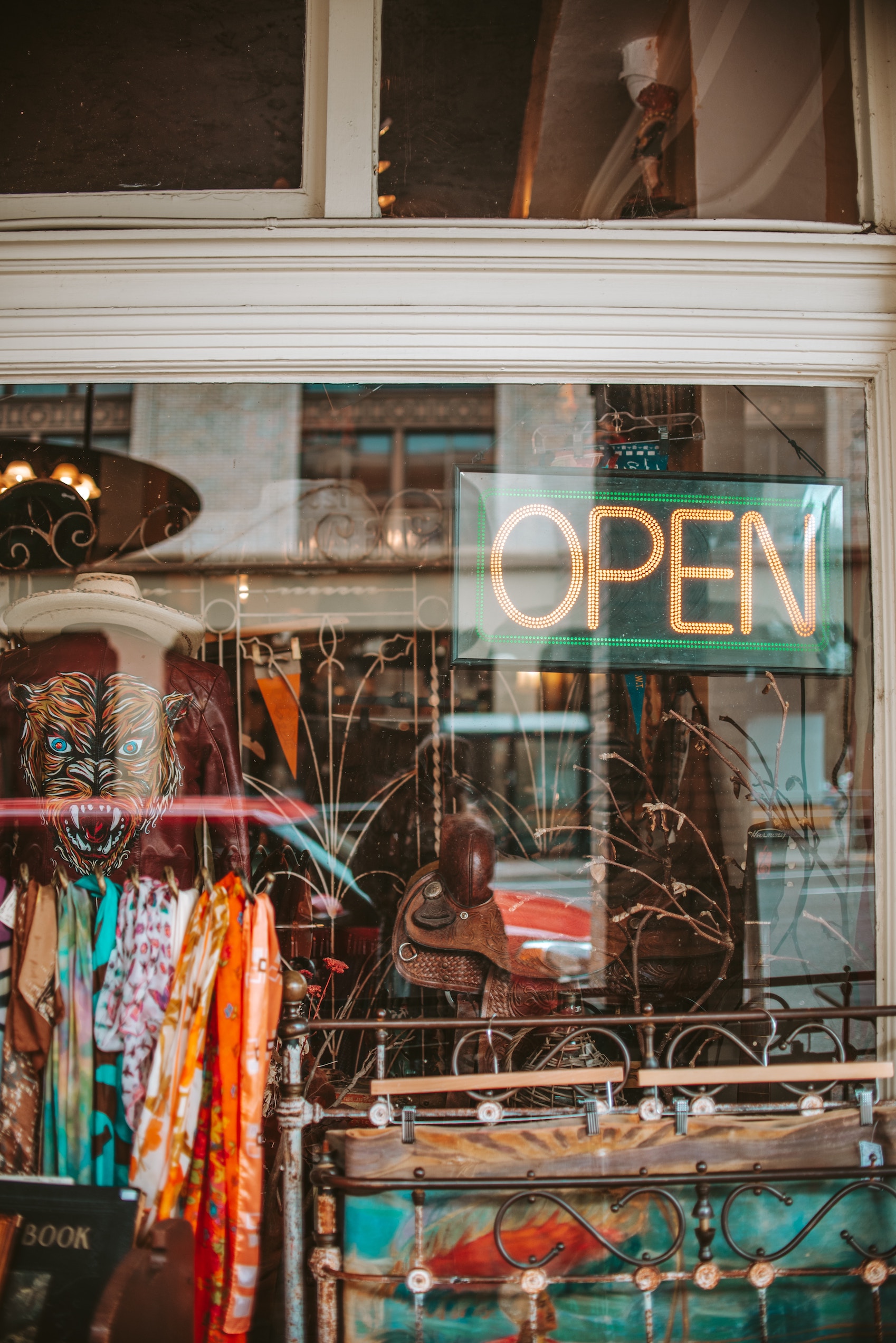


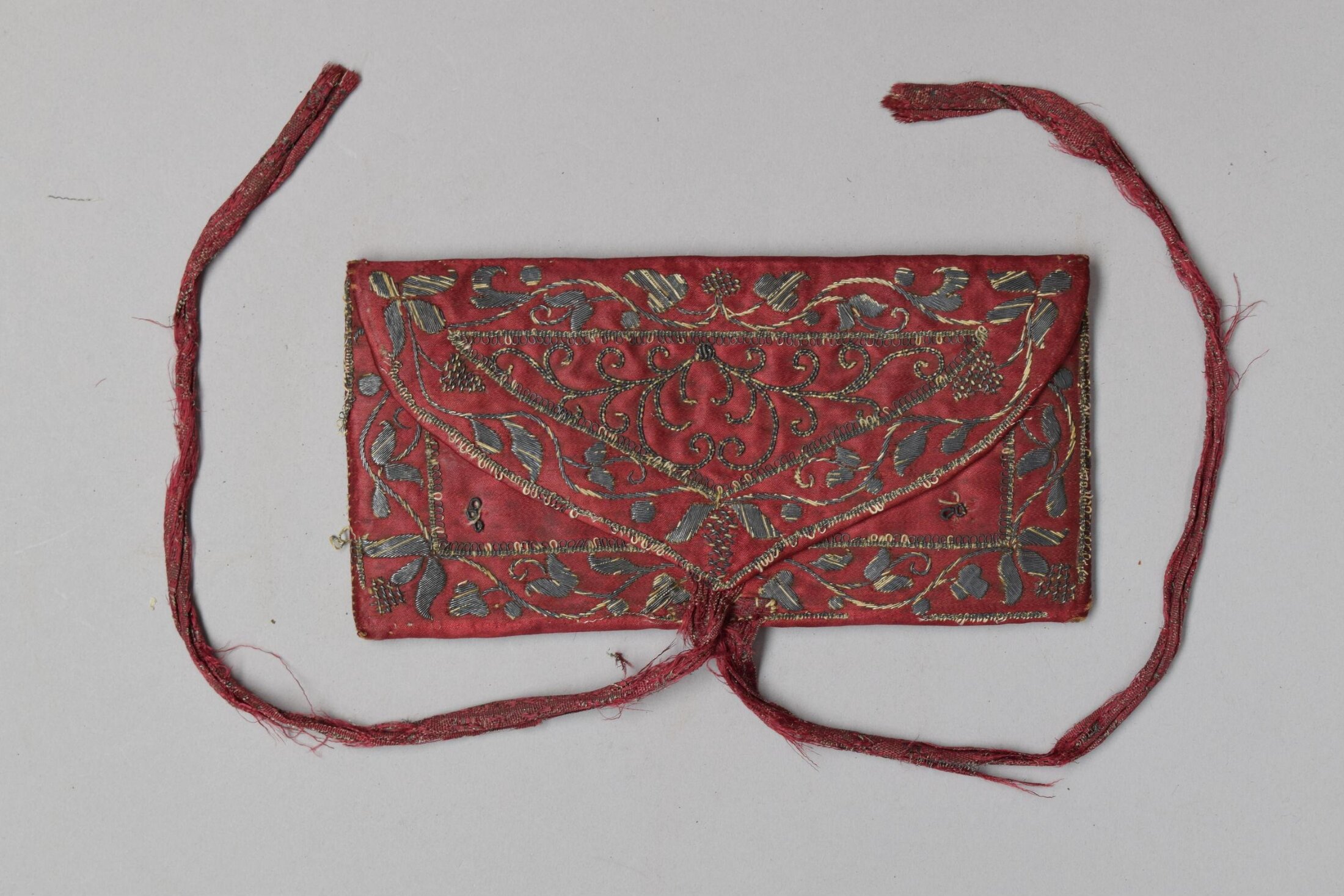
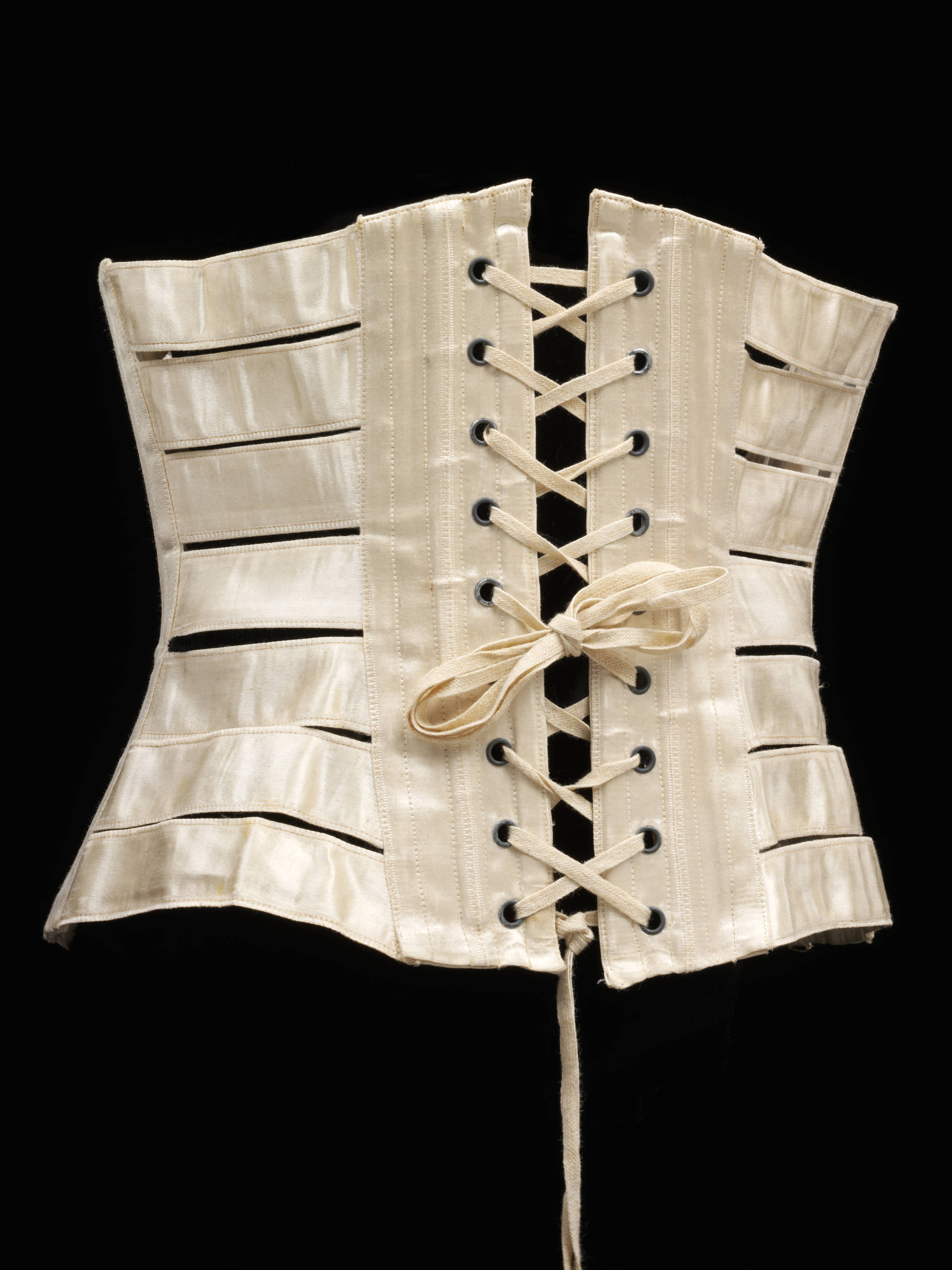
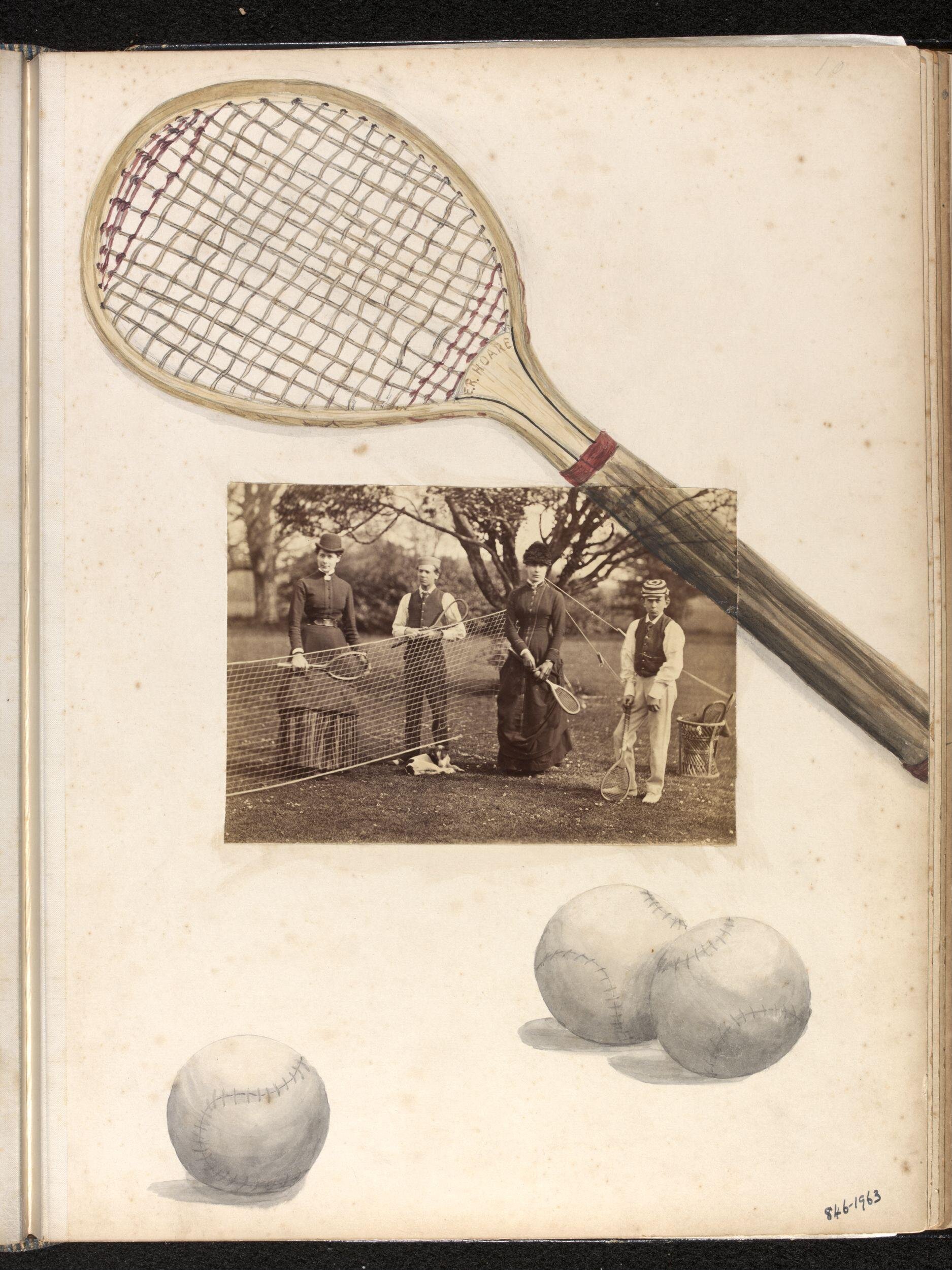
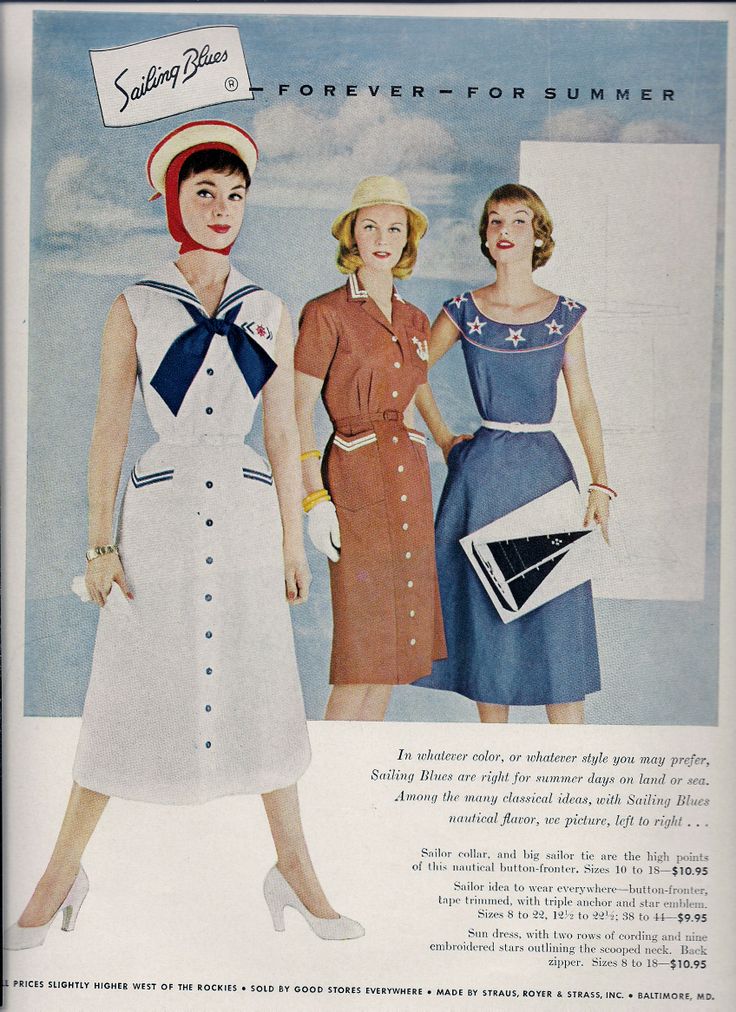
You forgot to mention the Beatles paper dresses!
https://www.facebook.com/MavisCGarcia1/photos/a.409116802520751/3676657322433333/?type=3